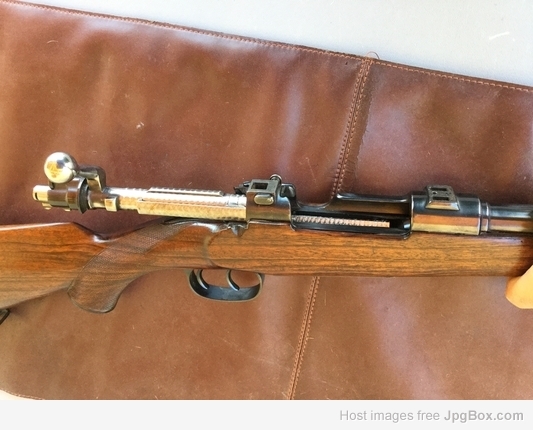I am now in possesion of a Mauser 98 in 8x60 mms. I posted some pictures on the Doublegun site under German guns but have not recieved much feedback yet and thought I would try here. See attached lonk for pictures.
http://www.doublegunshop.com/forums/...553#Post523553[/
It has had some modifications done to it but is still an nice rifle.
It has a Krupp barrel, double leaf sight. Double set triggers. Horn grip cap and buttplate. Weighs 7 lbs 4 oz.
Would like to learn everything I can.
http://www.doublegunshop.com/forums/...553#Post523553[/
It has had some modifications done to it but is still an nice rifle.
It has a Krupp barrel, double leaf sight. Double set triggers. Horn grip cap and buttplate. Weighs 7 lbs 4 oz.
Would like to learn everything I can.


Comment